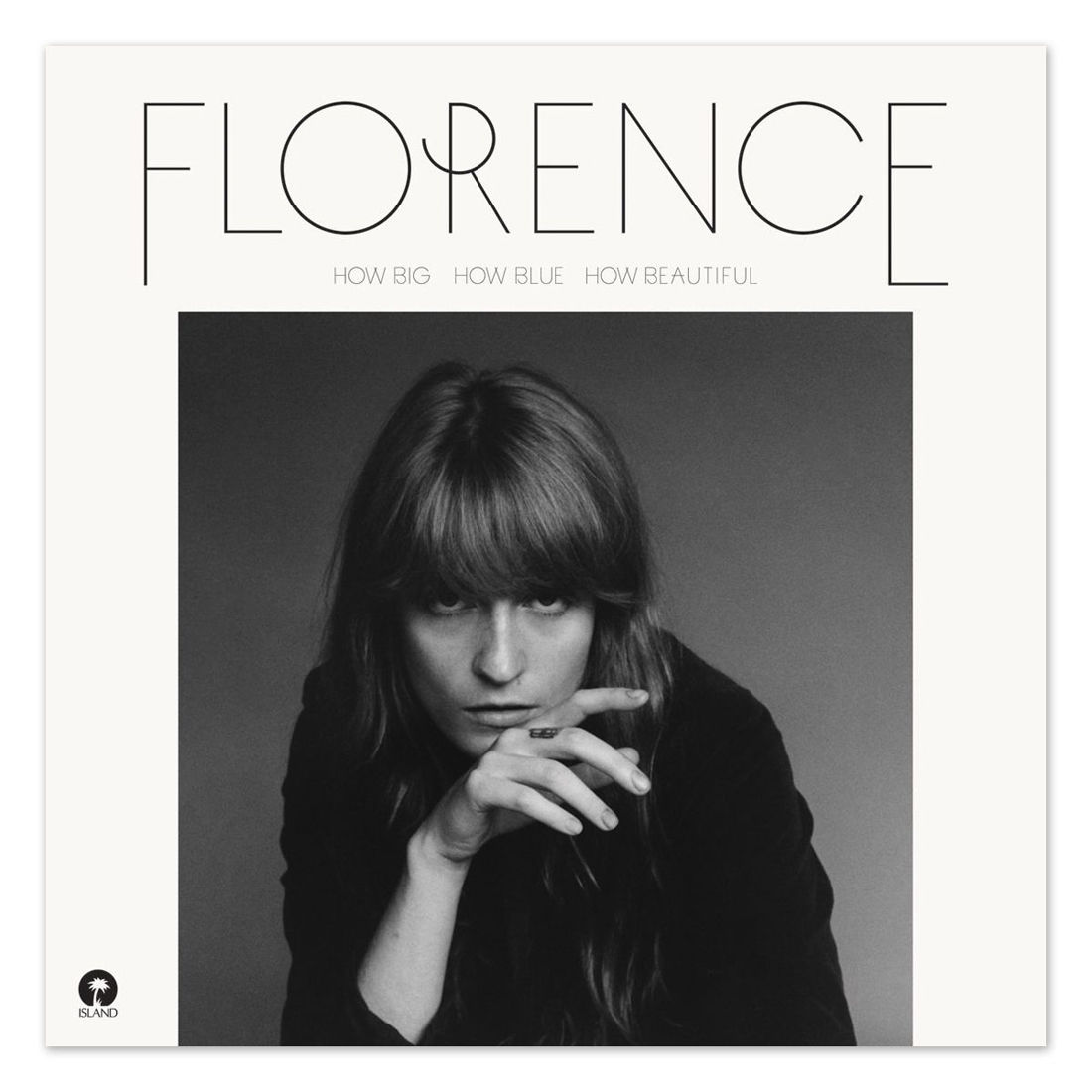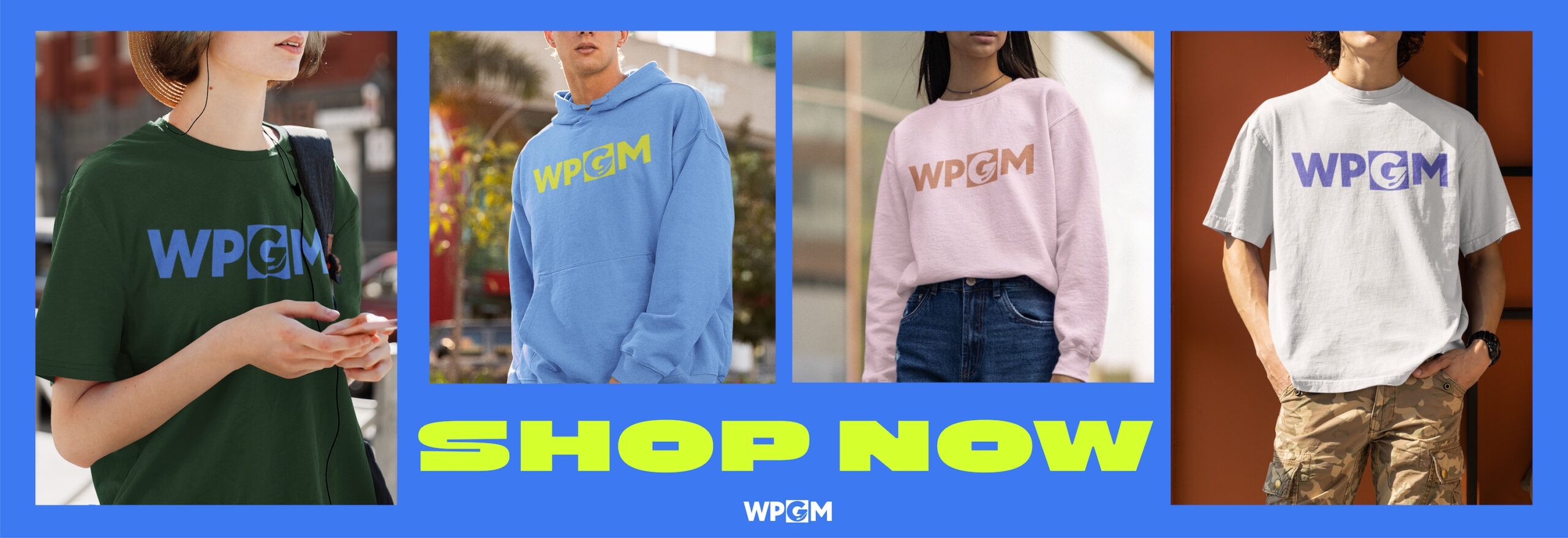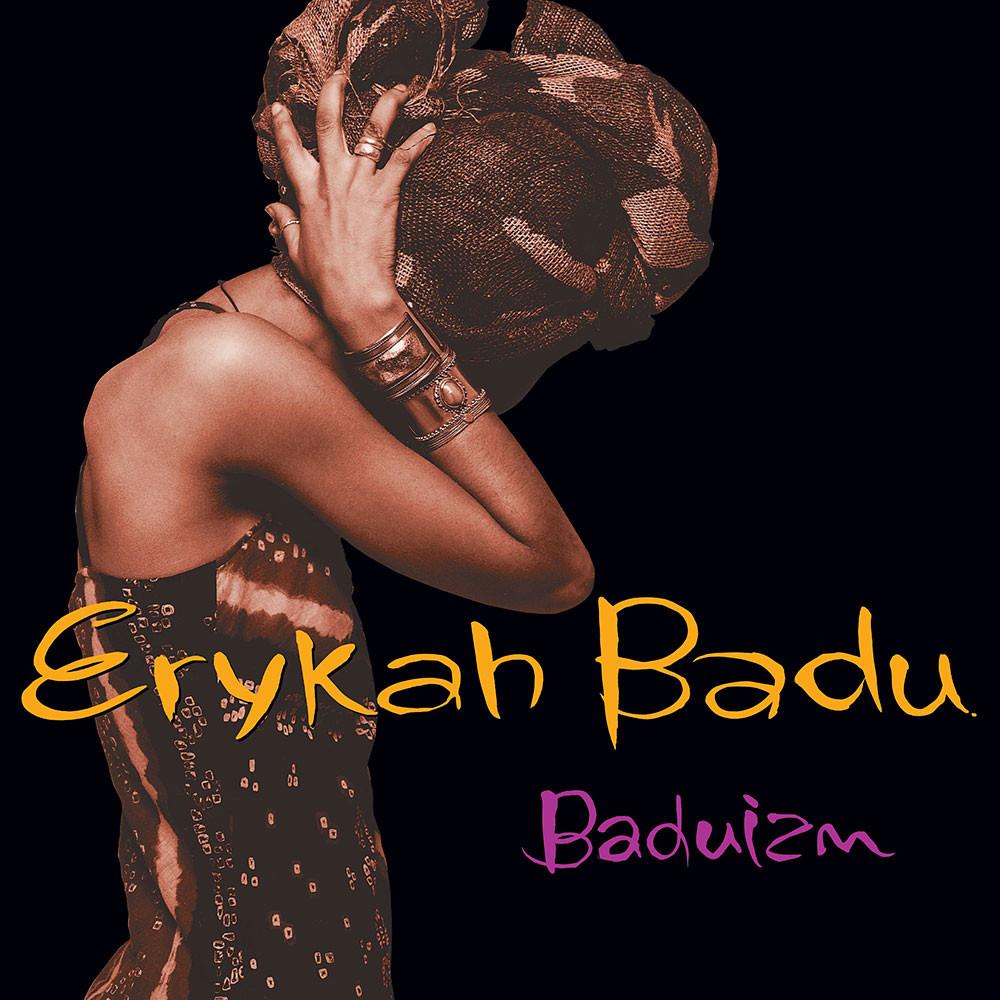
Platinum; it’s what Florence Welch – frontwoman of Florence + The Machine – has made a habit of accruing. Both Lungs (2009) and Ceremonials (2011) have gone platinum on each side of the Atlantic, several of their singles have gone platinum and the group have made a name for themselves as a group that can amalgamate pop music with rock, baroque and art to form a satisfying sound. Following an exhausting tour, Welch decided to take a year-long break from music to recuperate and now, the release of How Big, How Blue, How Beautiful has many in the public anxious for more.
The allure of The Machine has always been a combination of Florence Welch’s soaring vocal talents and upbeat tracks that have definitely been single material. “You’ve Got the Love” (a cover of the Candi Stanton track) and “Dog Days Are Over” from Lungs and “Spectrum” and “Shake It Out” from Ceremonials had remarkable success due to these two facets and with the singles released prior to the album’s release, cracks began to show.
Where Florence + The Machine have shown real flair is their use of imaginative instrumentation. Strings, a harp, an organ and many others besides have been used in abundance to great success and this is where How Big, How Blue, How Beautiful falls down. While there is evidence of these instruments, at times, the album can feel like indie-by-numbers. The album-opener, “Ship to Wreck” is one of these moments. Florence’s aptitude for impressive vocals is omnipresent, but the song just seems to be like the band are going through the motions – there’s no real imagination at work (and the story stays the same for much of the album).
Lyrically, Welch returns to a common topic, in her music, of water, and the song describes setting one’s self up to fail. This theme rings true in Florence’s music as the group’s propensity on How Big, How Blue, How Beautiful to form music with no shifts in dynamics is a consistent failing on the album. “Ship to Wreck” embodies this issue as there’s no shift; no give and take. Once the track reaches its crescendo (within a few seconds), it hits fortissimo and that’s it; from that moment on, any listeners’ ears are subjected to Welch’s belting vocal and backing rock band without any shade of a diminuendo.
While this issue of dynamic consistency is an unwelcome presence (with such songs as “St. Jude” and “Long & Lost” being especially bland examples), it isn’t an all-encompassing flaw. Such songs as “Delilah” and “What Kind of Man” allow for temporary reprieves that allow for a listen that isn’t wholly an exercise in futility. In each, there’s variety in tempo and dynamics and both gain marks for emotionality and imagination.
The repetitive guitar riff in “What Kind of Man” is a particularly useful device that is the embodiment of what crescendos are needed on Beautiful; the lyrics for “Delilah” are also strong. Dancing is a recurring theme in Welch’s lyrics and as “Delilah showed [her] how”, she must’ve set the stage for Florence dancing with her suffering in “Shake It Out”. Effectively, as the middle of the eleven tracks on the album, “Delilah” is the peak of the bell-curve, and apart from a couple of good moments on either side (for example “Third Eye”), this is the high point of the entirety of How Big, How Blue, How Beautiful.
What causes this bell-curve is the issue of blatant attempts at grandiosity that occurred in a natural way on songs taken from the group’s previous records. Whereas the likes of “Spectrum”, “Shake It Out” and “No Light, No Light” had the ability to send chills down a listener’s spine, the forced attempts to replicate this feeling on such songs as “How Big, How Blue, How Beautiful” and “Caught” just fall flat. Partially to blame for this is Markus Dravs – the album’s producer. While working with their long-time producer Paul Epworth, their combined approach to The Machine’s music allowed for the natural progression of the group’s textured work to be formed in an effective way; this has not happened on Beautiful.
While Dravs has an impressive CV (such as working on critically acclaimed albums by Arcade Fire and Björk), his approach to production clearly doesn’t mould with the music of Florence + The Machine, and so their product isn’t at its best. The embodiment of this issue comes with the limp single that is “St. Jude” – an homage to the “patron saint of the lost causes” as the focus of the song is solely on Welch’s vocal, where the song would’ve been better served with a different tactic.
Despite numerous failings, there are bright spots on Beautiful and, while it doesn’t hold the strengths of its predecessors, such tracks as “Delilah” and the very Lungs-ish “What Kind Of Man” do hold some water as likeable songs. The crucial issue is the production and this album may have turned out to be a much more impressive record if it had been mixed/produced by others. As it is though, Welch & co. should have stuck with Paul Epworth as a producer because, despite having worked on impressive records before, Dravs just seems to be a poor fit with Florence + The Machine and their extravagant ways.
How Big, How Blue, How Beautiful is out now via Island Records, purchase it here.
Words by Matt Hoyle





